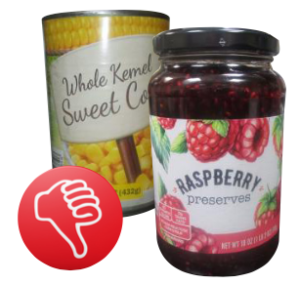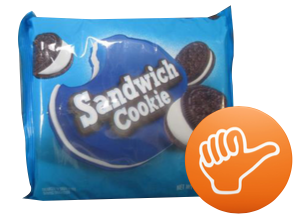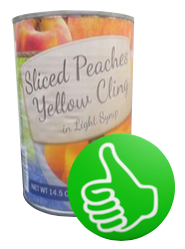Did Lidl’s U.S. Debut Miss the Mark?
 In the months leading up to Lidl’s debut in the United States, retail analysts were abuzz with predictions about how the German grocery discounter’s reputation for high-quality products at low prices would shake up the U.S. grocery industry. But when Lidl’s first stores opened in June, Daymon’s category and quality experts found some surprises. Between a lack of true “branding” on its own-brand items and questions about product quality—we wondered: Did Lidl miss the mark? And if so, what does that mean for competitors?
In the months leading up to Lidl’s debut in the United States, retail analysts were abuzz with predictions about how the German grocery discounter’s reputation for high-quality products at low prices would shake up the U.S. grocery industry. But when Lidl’s first stores opened in June, Daymon’s category and quality experts found some surprises. Between a lack of true “branding” on its own-brand items and questions about product quality—we wondered: Did Lidl miss the mark? And if so, what does that mean for competitors?
To find out, Retail News Insider sat down with James Hedges, Senior Manager – Category Solutions for Daymon, and John Reilly, Senior Director – Global Quality Assurance, to learn more about their findings and the broader implications.
RNI: John, you tested 14 of Lidl’s private brand offerings and compared them to their national brand, Aldi and Walmart equivalents. What did you find?
John Reilly: Five out of the 14 products we tested were not a national brand match, even though the packaging sent subtle cues indicating they were intended to be a national brand equivalent. For example, the Lidl potato chips we tested were packaged in a bright yellow bag like national brand Lay’s, but they were bland and had an oily appearance and darker color as compared to Lay’s. There were also quality issues with Lidl’s raspberry preserves, canned corn, sandwich cookies and Ragu-style marinara sauce as compared to the other brands we tested.
To be fair, some products, like the ketchup and golden round crackers were a match. But you would expect more consistency across the portfolio. Otherwise, you’re really failing the customer in terms of expectation. For me, it calls into question who Lidl is really trying to compete with—retailers like Aldi or more value tier dollar stores.
 RNI: James, you had the chance to try these products as well, and to visit one of Lidl’s new U.S. stores. What was your impression of who Lidl is trying to compete against?
RNI: James, you had the chance to try these products as well, and to visit one of Lidl’s new U.S. stores. What was your impression of who Lidl is trying to compete against?
James Hedges: They are definitely competing with Aldi. They probably feel like they have a leg up on the shopping experience versus Aldi because their stores are much nicer to shop. They have a larger fresh selection, including a fresh bakery, and more assortment.
But as John noted, the quality at Aldi was generally higher than what we saw at Lidl. It was a bit surprising, but the more we started digging into it, we believe it may be due to limited supplier options. With only 20 stores in the U.S., Lidl is probably having trouble meeting minimums, so only certain suppliers will work with them. But that doesn’t mean they don’t care about quality or that they’re not going to get there eventually.
RNI: So what would you say the takeaway is for other retailers who may be worried about Lidl threatening their own private brand sales?
 James Hedges: In addition to competing on services, which Lidl doesn’t really have, for now, there’s also an opportunity to compete on product quality. But you have to make an active effort to show customers the difference. For example, you could do demos or have a blind taste test in store to show and explain why your product is better. That could make a difference, especially if Lidl’s prices are lower—you can show exactly why it’s lower and that consumers aren’t really getting the same thing. Again, this shouldn’t be looked at as a silver bullet. Lidl is expected to increase their quality, and your strategy to compete must be multi-pronged, as we discussed in the August issue of Retail News Insider.
James Hedges: In addition to competing on services, which Lidl doesn’t really have, for now, there’s also an opportunity to compete on product quality. But you have to make an active effort to show customers the difference. For example, you could do demos or have a blind taste test in store to show and explain why your product is better. That could make a difference, especially if Lidl’s prices are lower—you can show exactly why it’s lower and that consumers aren’t really getting the same thing. Again, this shouldn’t be looked at as a silver bullet. Lidl is expected to increase their quality, and your strategy to compete must be multi-pronged, as we discussed in the August issue of Retail News Insider.
To learn more about how Daymon can help you with competitive branding strategies, contact Aimee Becker, Vice President of Strategic Services, at abecker@daymon.com.

